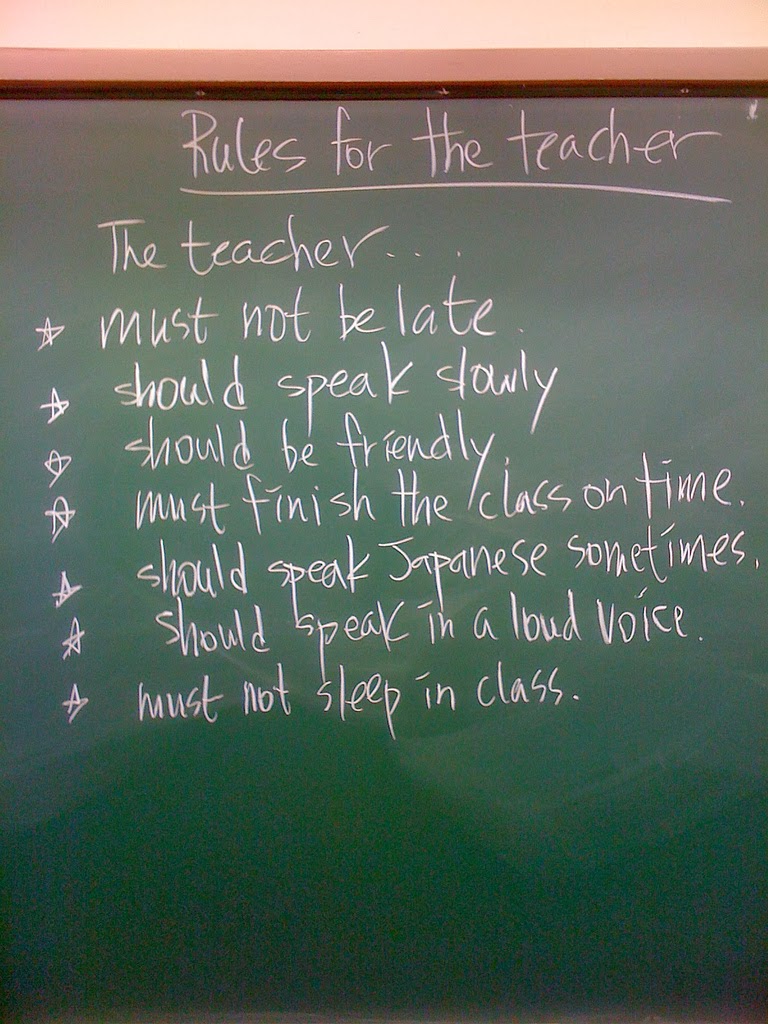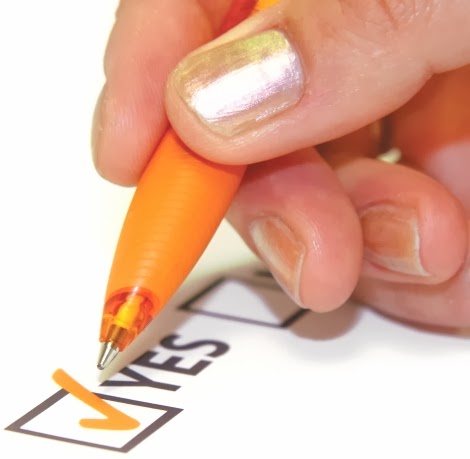At Teach One Reach One Ministries, one of our services to you is sifting through educational studies to find the pieces of information that can help you as a Bible class teacher of children and teens. One study we noticed recently had some information with direct application to Bible classes. It found that students who were given a science lecture and visual aids scored nearly 70% higher on a test than students who only heard the lecture!
I think we can all agree that 70% is a significant improvement in what the students understood and remembered. Why did the visual aides have such a strong impact? Because the average person benefits from seeing what is being taught instead of just listening to it. It’s the reason most school teachers also use textbooks and encourage taking notes. We’re not suggesting you force Sunday morning Bible class students to take notes. What we are suggesting is that you send home visual aids with them to help them process and remember the lesson.
Thankfully, there are publishers who allow making free copies of the graphics in their books for classroom use. Which means you can make copies for students without violating any copyright laws. (Permission is usually granted before the first page of content.) Not all books allow copying and distributing, but Bible study books often have the most liberal permissions. There are also visual aids you can construct while teaching that can be left in the classroom for future reference (like anchor charts). You can also find a few visual aids that have been printed as posters for display in classrooms. Here are a few types of visual aids to consider using.
- Maps. Maps are great for helping young Bible students understand where things happened in relation to one another. This is particularly important when places change names. Without maps, students can easily miss connections like the threshing floor David purchased when he was running from Saul was the spot on which Solomon later built the Temple.
- Family trees. Most young Bible students want to skip the genealogies in scripture. Yet bring in the family tree of Jesus and they will spend tons of time eagerly trying to find how everyone in the Bible was connected to each other.
- Charts. Some things in the Bible just make more sense when you see them in chart form. One of the charts I personally find most helpful is one that plots out the various kings of Israel and Judah in chronological order with the prophets placed in the context of the kings to whom they prophesied.
- Timelines. It can be hard to find a timeline for the Old Testament that is accurate because some of the early dates are debated. My favorite timelines show how historical events Bible students will learn about in school match with the people and events in the Bible….like Alexander the Great ruling in the time period between the Old and New Testaments or Nero being the Roman Emperor who had Paul killed. Even understanding that Julius Caesar lived before Jesus helps older students organize the information in their brains.
- Lists. There are some lists already in scripture, but making them more graphically attractive can help many young Bible students. It can be easy to go overboard with lists, but sometimes the most helpful ones are lists of all of the parables or miracles of Jesus. One that is a cross between a list and a chart would be the list of Old Testament prophecies about the life of Jesus and then creating a chart that gives the scripture where each prophecy was fulfilled.
- Diagrams. Places like the Tabernacle and Temple and even Noah’s Ark make a lot more sense when you see a diagram of their layout and the various items included. Try to find diagrams that have size comparisons to things with which your students would be familiar or look them up and add it to the diagram before making copies for students. For example, Noah’s Ark was 7 stories tall and one and a half football fields long!
Start sending home great visual aides with your Bible students. Encourage them to keep them in a special folder at home and look through them regularly. You may just be surprised at how much more scripture they understand and remember.





